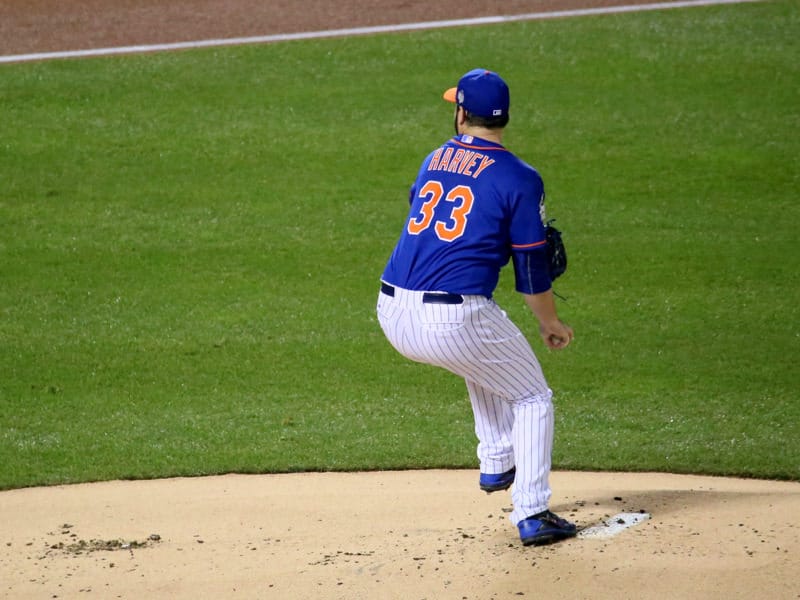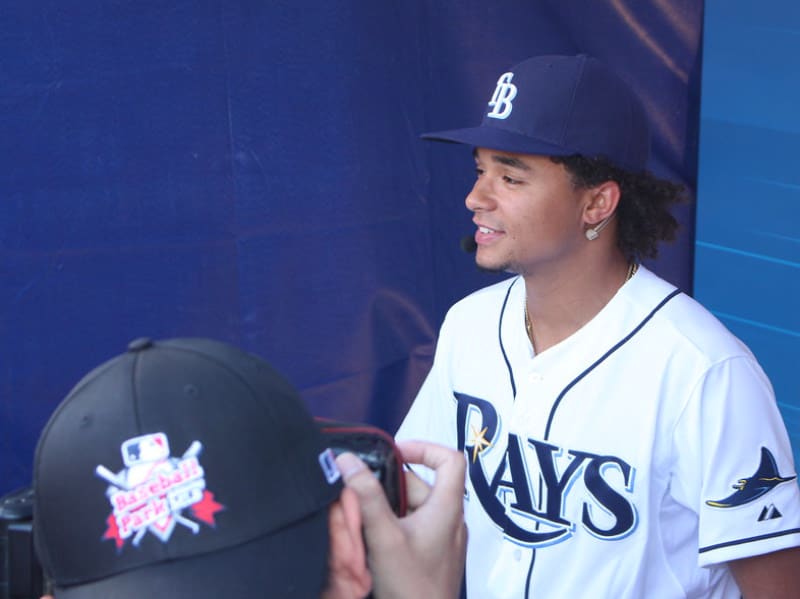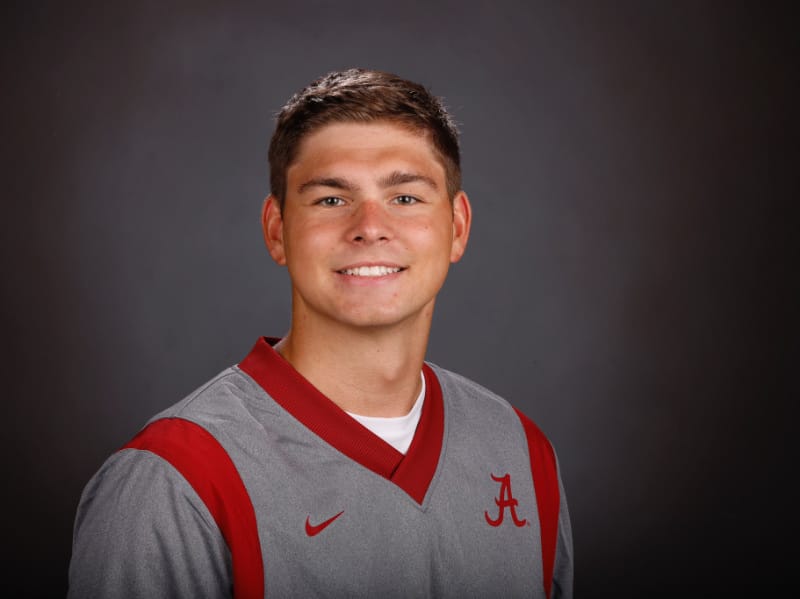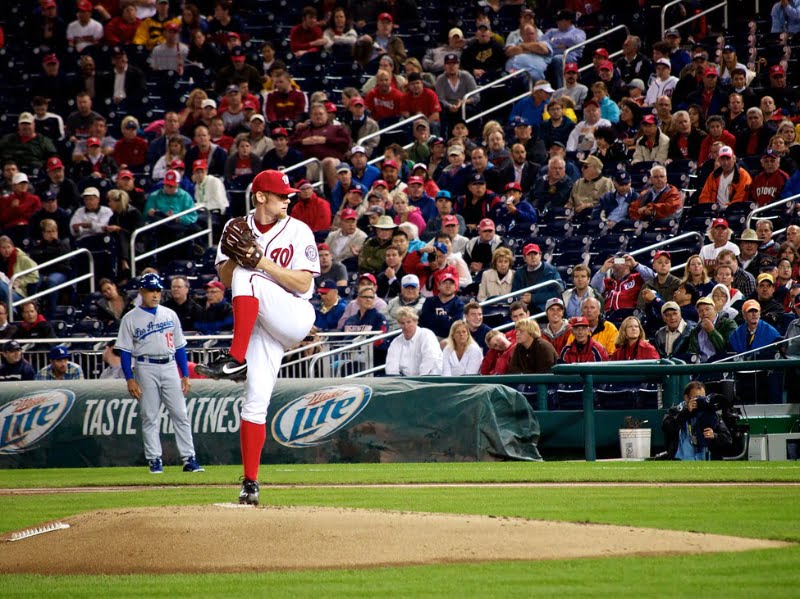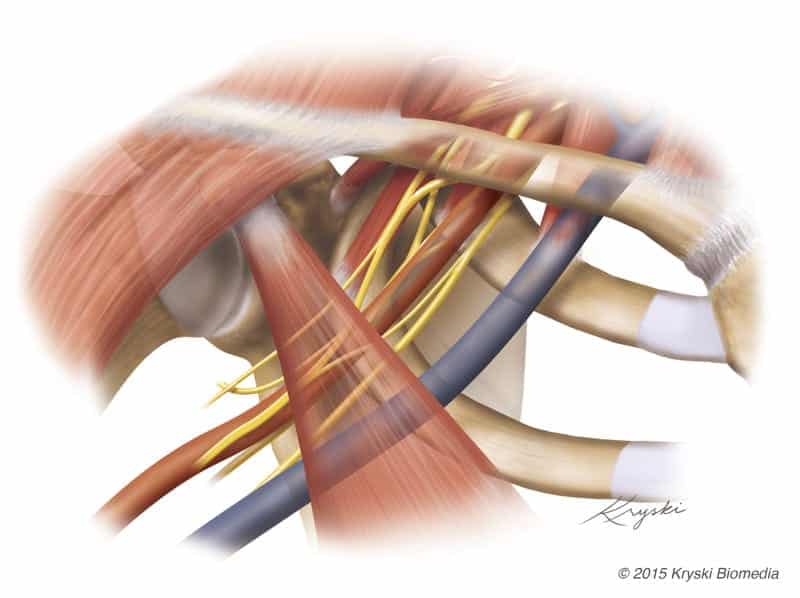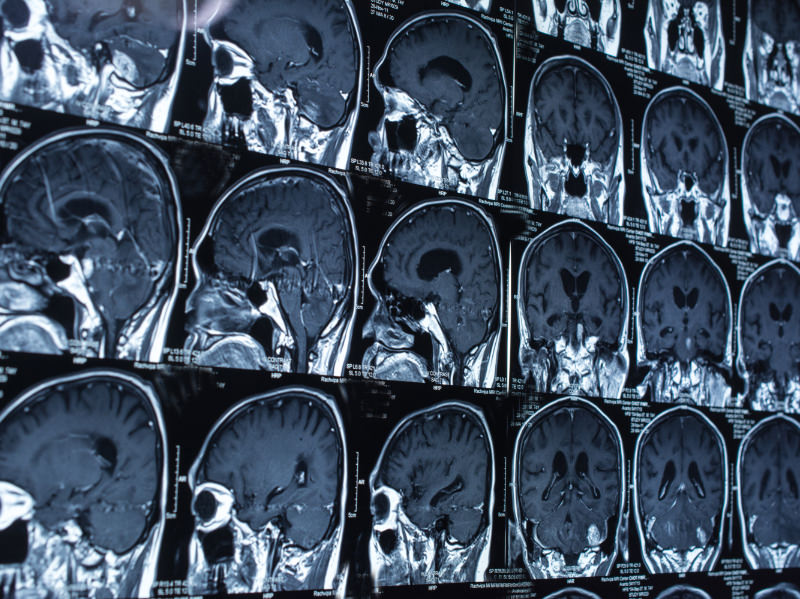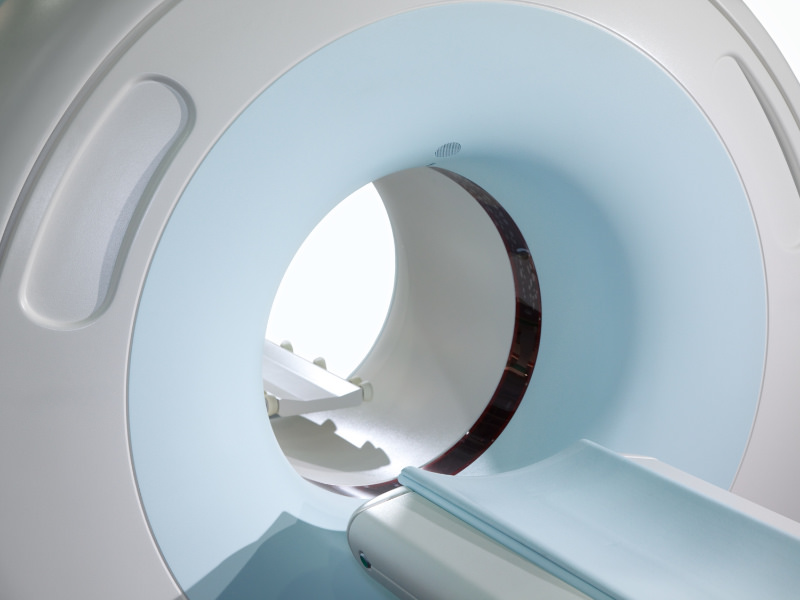Introduction
Intro text
Table of Contents
Years ago, when the baseball world looked ahead to this winter’s starry free-agent class, Matt Harvey stood out as an especially compelling name. He started the All-Star Game for the Mets in 2013 — his first full major league season — and two years later, after having Tommy John surgery, he started the first and last games of the World Series.
But the years since then have been rough on Harvey, whose New York career burned out in a series of injuries and off-field distractions. After a calm and reasonably effective summer in Cincinnati following a trade from the Mets, Harvey found a new home on Tuesday night.
Read the full article in the New York Times
From All-Star to Question Mark
I grew up a New York Mets fan. That’s a tough road to drive. Certainly, the Mets have had a few good years, but mostly they haven’t been competitive. Mets fans have lived through a lot of bad years.
Finally, in the early 2010s, it looked like the Mets would reap the labors of a good scouting department. Matt Harvey was a budding superstar starting pitcher. Noah Syndergaard and Jacob DeGrom were coming up behind Harvey. Harvey became the bedrock of a very good Mets pitching staff that seemed destined to compete for years to come. Much like the storied history of the Dodgers, the Mets had always built their foundation on pitching. And, finally, the future seemed to come into focus as the Mets pitching led them into the 2015 World Series.
Through the first 65 games of his career, Matt Harvey held opposing teams to a 2.53 ERA. That number is especially impressive in this age of offensive baseball. Even after Harvey suffered a torn elbow ligament, he underwent successful Tommy John surgery. In 2015, Harvey led the Mets to the World Series.
But something had changed for Harvey. He became surprisingly ineffective, and eventually doctors diagnosed him with neurogenic thoracic outlet syndrome. Surgeons removed the first rib in Harvey’s chest, on his throwing side.
Since 2015, Harvey’s ERA is 5.39. That means that Harvey allows almost 3 runs more per 9 innings pitched than in his first 3 years. That ERA is more than double his previous ERA. And this ERA is not close to superstar territory.
I can remember the morning my brother called me around 6 AM from New York. He broke the news that Matt Harvey had been diagnosed with TOS. Until then, I didn’t even know my brother had paid attention when I talked about my passion for TOS. I had been providing TOS services to some of the leading TOS specialists in New York City. So I made a few phone calls. On a personal level, I did not want to hear that Matt Harvey had TOS. Professionally, I felt that my years of experience might serve a hero of mine in a unique way.
I spent most of a day trying to contact care providers and representatives for Matt Harvey to offer my services. Nobody returned calls or emails. I never did have the chance to contribute to Matt Harvey’s care.
Matt Harvey’s Uncertain Future
Certainly, the Angels don’t have a great pitching staff. Their best pitcher, Shohei Ohtani, will miss all of the 2019 season after Tommy John surgery. Another starting pitcher, J.C. Ramirez, underwent Tommy John surgery in 2018, and his status is unclear. The remainder of their staff consists of solid but unspectacular starters.

In this off-season, the Angels signed Matt Harvey to a one-year deal. Presumably, the Angels want to see what Harvey has left in his tank. They also signed starter Trevor Cahill to a similar deal.
On a personal level, it pains me to see Matt Harvey struggle. He was a tremendous pitcher with a very bright future. Every baseball fan lost something when Matt Harvey suffered these injuries. I hope Matt Harvey can regain some or all of his previously-great talent.
On a professional level, I know he has undergone a first rib resection. I know no other details of his treatment or rehabilitation. In a later post, we will discuss what we know and what we don’t know about the outcome of this surgery in elite athletes. For now, suffice it to say that the issue remains under intense discussion.

